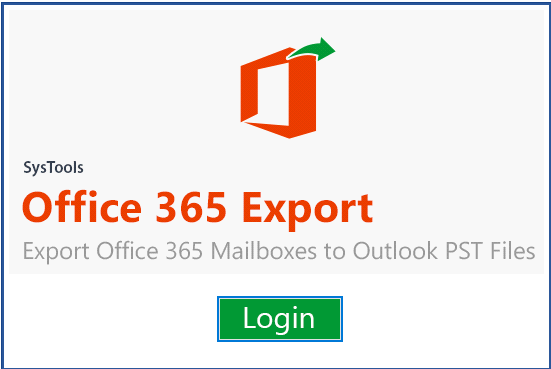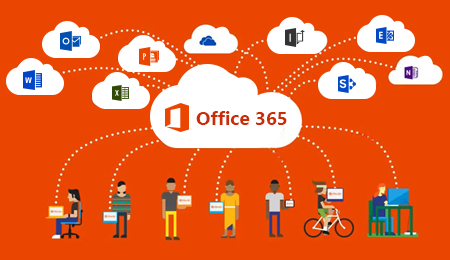Office 365 to Office 365 Mailbox Migration – A Complete Guide
Today, several organizations are frequently searching for a solution to perform Office 365 to Office 365 email migration after merger and acquisition. But the unavailability of the manual method makes this task complicated. Therefore, in this migration guide, we will provide you a solution for the same. Let’s start.
Office 365 is a cloud-based service offered and managed by Microsoft Corporation. If you think Microsoft has the solution to perform this task, then you must know that there is no method provided by Microsoft. But yes, we can perform Office 365 to Office 365 email migration with third-party software.
Having this thing in mind, we are going to suggest you automated migration software which is known as SysTools Office 365 to Office 365 Migration Tool.
In this Office 365 to Office 365 mailbox migration guide we will describe how to accomplish this task with the help of this eminent utility.
Read the subsequent section for more details.
What we have to do before starting Office 365 to Office 365 Email Migration?
The software requires some pre-requisites and necessary steps before starting the migration process. So, before starting the Office 365 to Office 365 mailbox migration, you have to be prepared the source and destination Office 365 tenant, create a project, generate Application ID and allow all the required permissions, enable Application impersonation in Office 365 source and destination.
To successfully perform this migration without having a problem, you have to fulfill all the above-given pre-requirements.
System Requirements –
Operating System – Windows 10, Windows 2012, 2016 Server
Hard Driver Space – 5 GB
RAM – 8 GB
Processor – 2.2 GHz
Microsoft .net framework 4.6 is also required to run this tool on Windows.
After fulfilling all the requirements, we are ready to perform Office 365 to Office 365 email migration. Follow the steps given below to perform a migration job.
Office 365 to Office 365 Mailbox Migration in a Few Simple Steps
To start the migration process, first, you have to download and install the software on your machine. Then, follow the steps below –
1 – Select the data you want to migrate –
Open the software. Select Office 365 as Source and destination.

Choose the data items (email, contact, calendar, document) to migrate.

2 – Enable use Group Mapping and Document Permission option –
Click on the Migrate Document permission to allow execution of document level permission and Use Group Mapping to create the mapping between source and destination Office 365 Groups.

3 – Apply Date-based filter –
To perform selectively Office 365 to Office 365 mailbox migration.

4 – Setup Office 365 Source and Destination –
Log in to Source and destination account with Admin Email ID and Application ID. After that, click on the Validate button.

Now, Permissions are validated.

5 – Import CSV file for user mapping –
Click on import users to create the mapping between source and destination users.

Browse CSV file, click on Upload.

Users are mapped successfully.

Click on the Validate button.

6 – Start Office 365 to Office 365 mailbox migration –
Click on the Start Migration button to migrate data between Office 365 tenants.

It will take a few minutes to complete the migration.
The tool also provides Re-Run migration; there are three options for Re-Run migration
1 – Retry Failed Items – To migrate items which are failed in the initial migration process.
2 – Re-Run Full Migration – It will migrate items which are not migrated in the previous migration.
3 – Delta Migration – To migrate newly arrived items.
Conclusion
Office 365 to Office 365 email migration is a complicated task, but, it doesn’t mean that task is impossible. We can perform this task with a trusted third-party tool. In this problem-solving blog, we have described how users can perform Office 365 to Office 365 mailbox migration with a suggested automated tool.
This guide will definitely help those users who are desperately searching for a solution to perform Office 365 to Office 365 mail migration.
Related Posts



